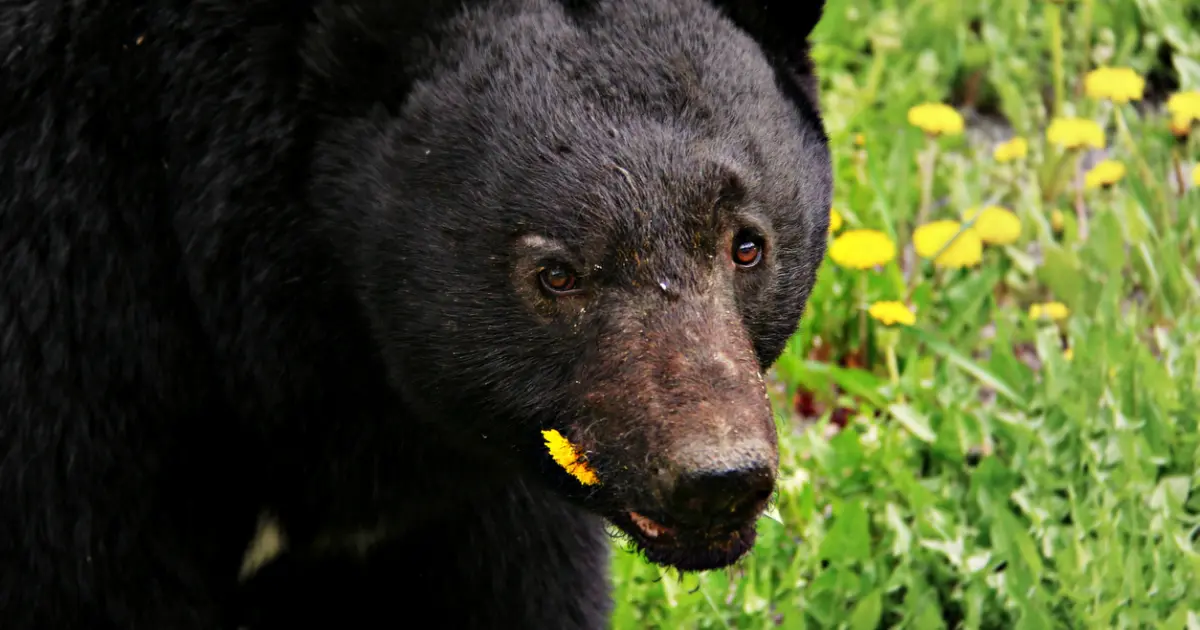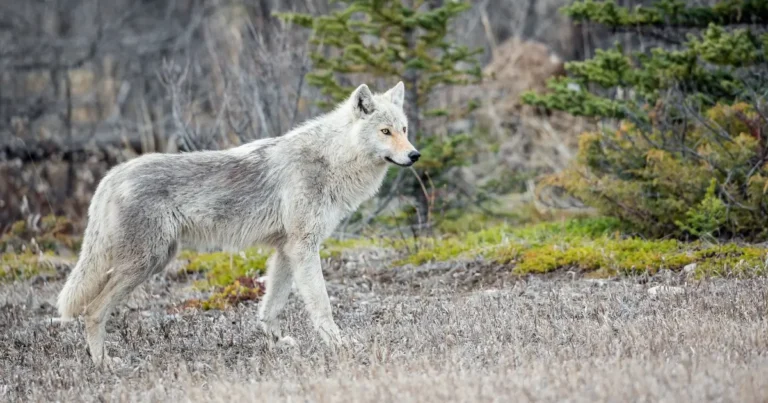
Photo by Alanna Nish / Getty Images
Dandelions are a joyous sign of spring in Canada: bright, golden-yellow petals atop long, green stems wave in the wind and remind us of the season that’s approaching. But dandelions are oft-targeted by gardeners and landscapers as an invasive weed, which can spread quickly and easily across properties.
Fortunately, dandelions provide benefits to wildlife and ecosystems, and the harms can easily be mitigated with a few simple steps.
Dandelions (Taraxacum officinale) are a member of the Asteraceae family and native to Eurasia. They are described as a herbaceous perennial plant with a rosette of basal leaves. The inflorescence is aster-like, with many golden yellow ray petals and no disc petals. The inflorescence gives way to a showy seed head of cypselas and carried by wind or passersby on feathery pappuses.
The dicotyledon plant has a tap root, and all parts of the plant are considered edible.
Benefits of Dandelions
- Feeding ecosystems. Black bears, deer, rabbits, squirrels and other wildlife will enjoy snacking on dandelions when they begin looking for food after winter. This is especially beneficial to animals who have newborns or young that require additional feeding.
- Dandelions are nutrient dense. They are rich in Vitamins A and C, and provide iron, calcium and potassium.
- Dandelions can help pollinators. Though not native, and therefore not as helpful as native pollinating plants, dandelions still offer benefit to a variety of species.
Downsides to Dandelions
- They’re a non-native species that can crowd out native species in green spaces. While they do provide benefit to some pollinators, native plants that the pollinators evolved alongside are of greater importance.
- They’re very invasive. The seeds (cypsela) are carried by the lightest breeze or passersby on feather-like structures called pappuses. This means they can quickly and easily spread to other areas of a property, including adjacent gardens and fields.
Managing Dandelions
Not every gardener will want dandelions coating their yard or growing into cultivated or native gardens, but managing dandelions without causing harm to the ecosystem is possible – and beneficial!
- Pull dandelions, don’t spray. With a simple tap root, dandelions tend to come up from the base of the stem without much fight. Numerous tools to assist in this process are available, including for people with limited mobility or accessibility.
- Compost dandelions. All the beneficial nutrients from dandelions can still help your gardens by adding them to your wildlife-protected compost! As the plants break down, the nutrients can become water soluble and ultimately be part of your homemade organic matter. If you don’t compost, add them to the appropriate municipal yard waste or organic material collection.
- Plant native. If you decide that dandelions shouldn’t be on your property, consider planting a native alternative. Plain, grass yards offer little ecological benefit. Adding native wildflowers, shrubs, or trees in this space will not only improve the quality of the ecosystem in which you live, it will create habitat and natural food sources for wildlife. These additional plants can also help prevent the spread of more dandelions into the future!
While dandelions aren’t a native species and aren’t the best for pollinators, removing them for aesthetic purposes and not adding a native plant in its place will ultimately harm ecosystems – and the wildlife who call them home. Learn how to plant native species in your community by visiting a local greenhouse/nursery, or contacting your local naturalist and gardeners clubs.

